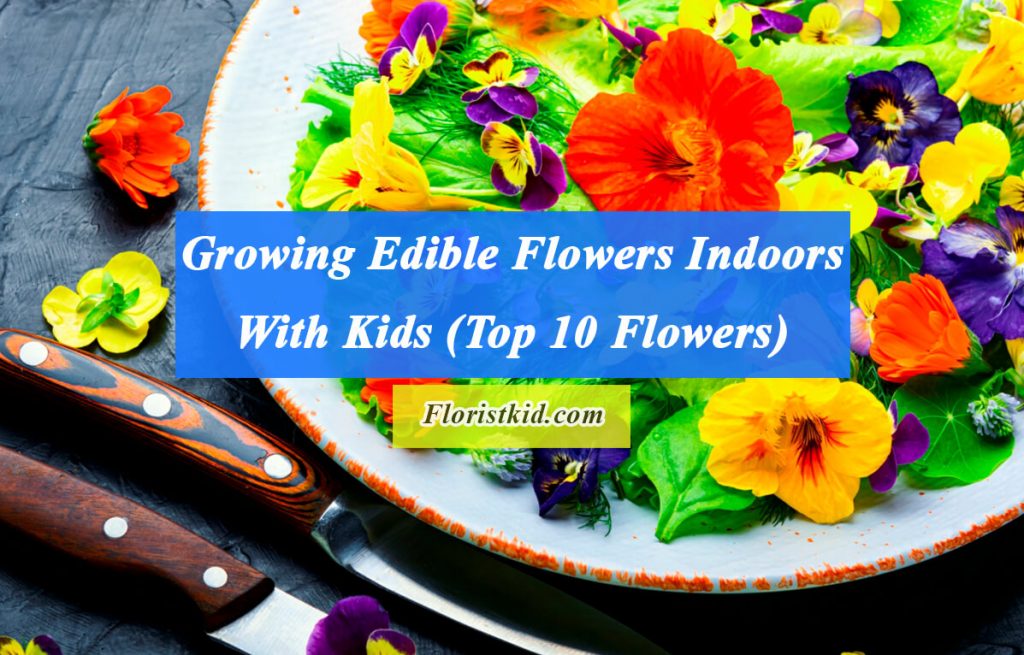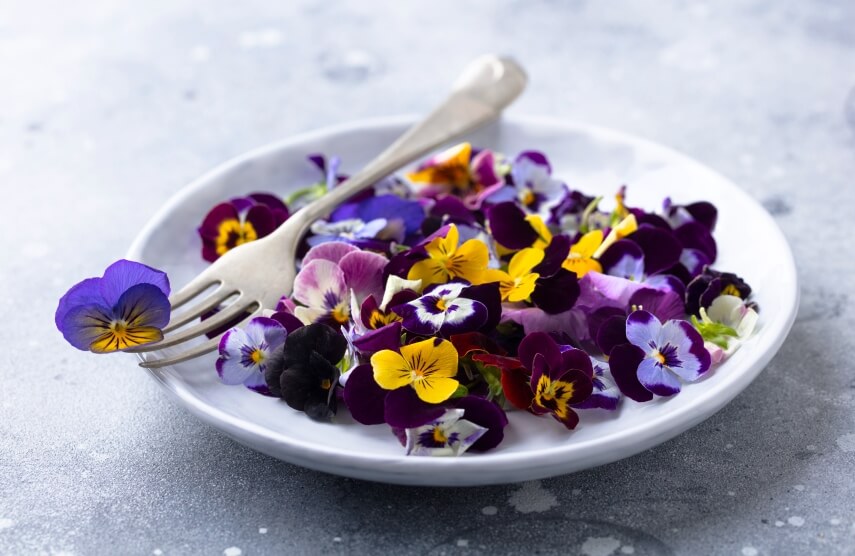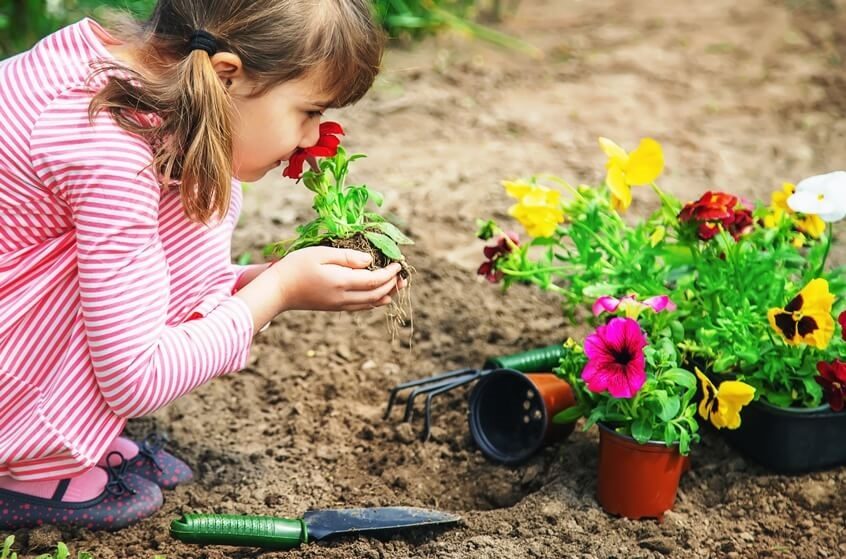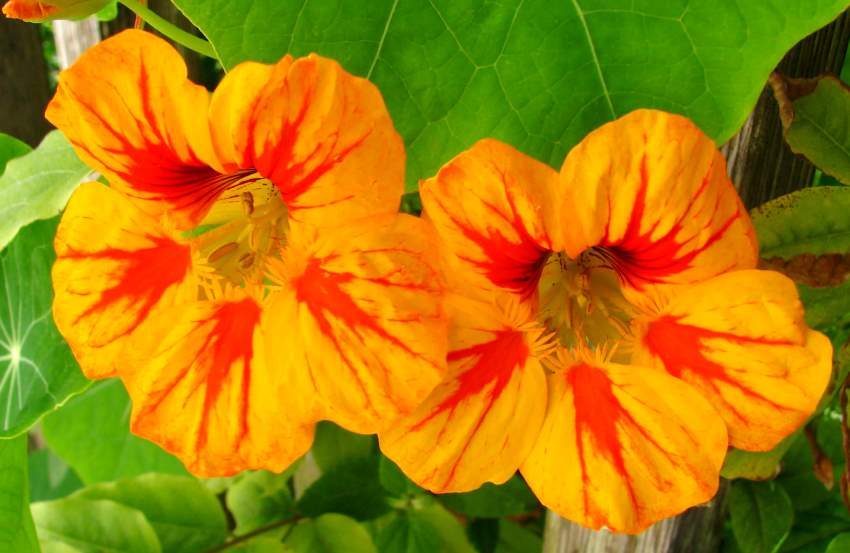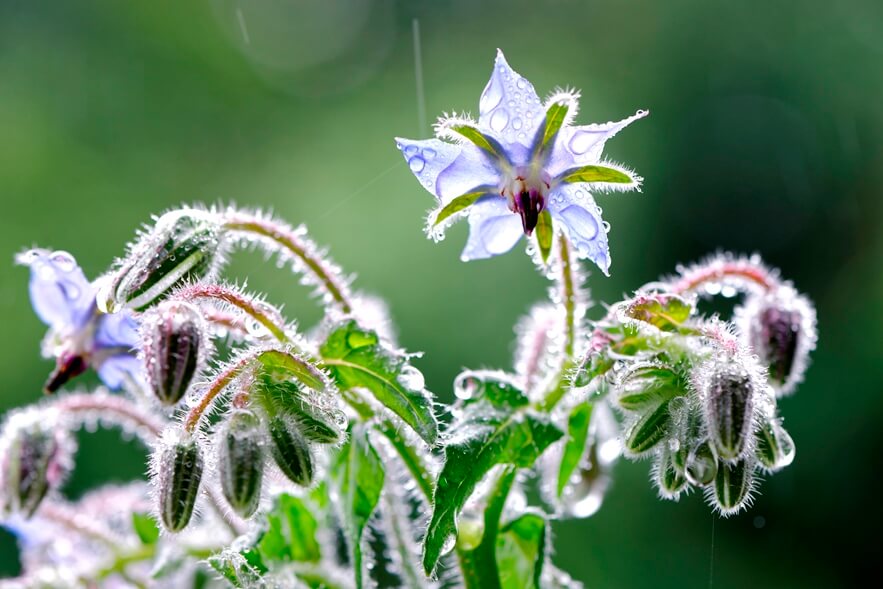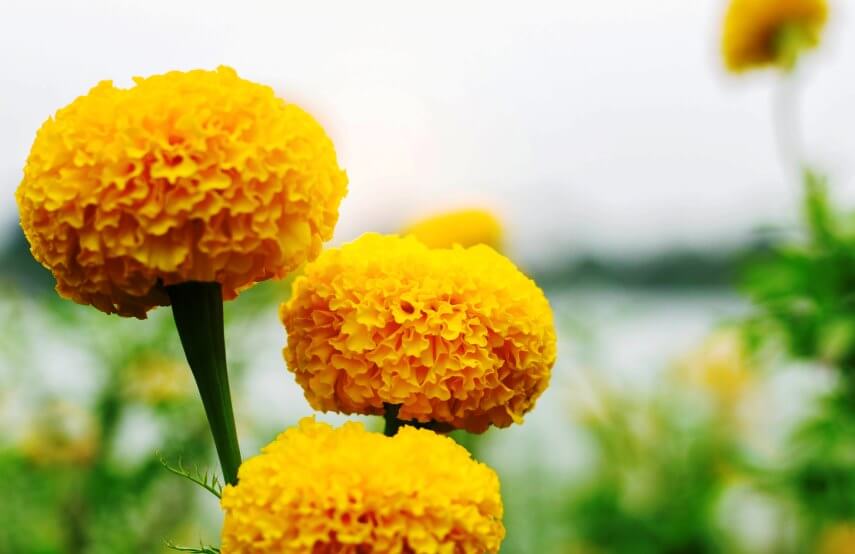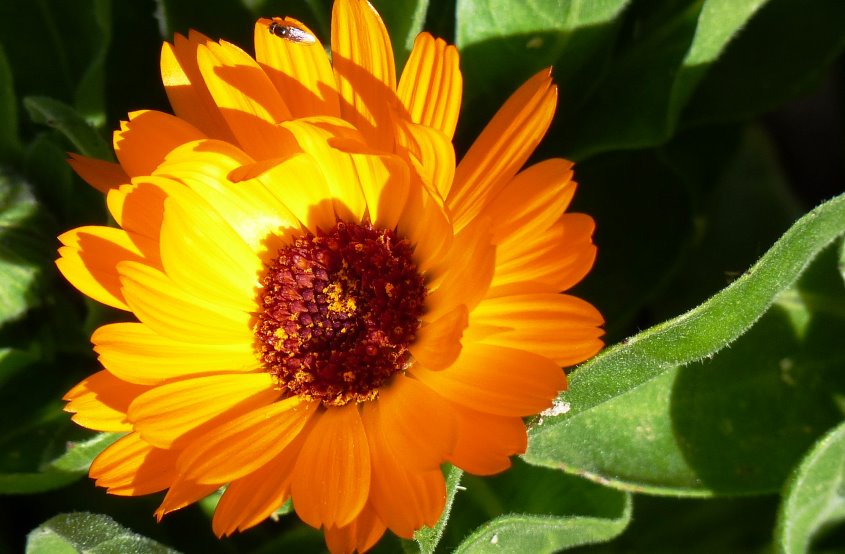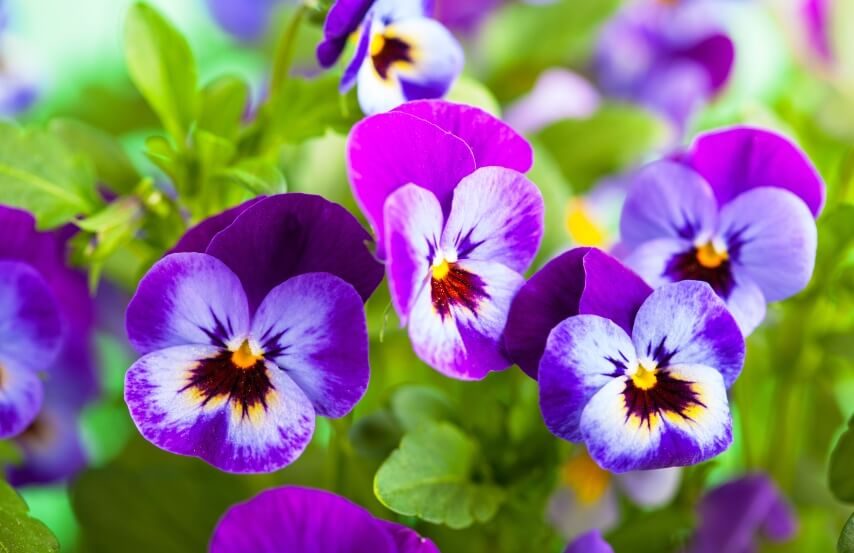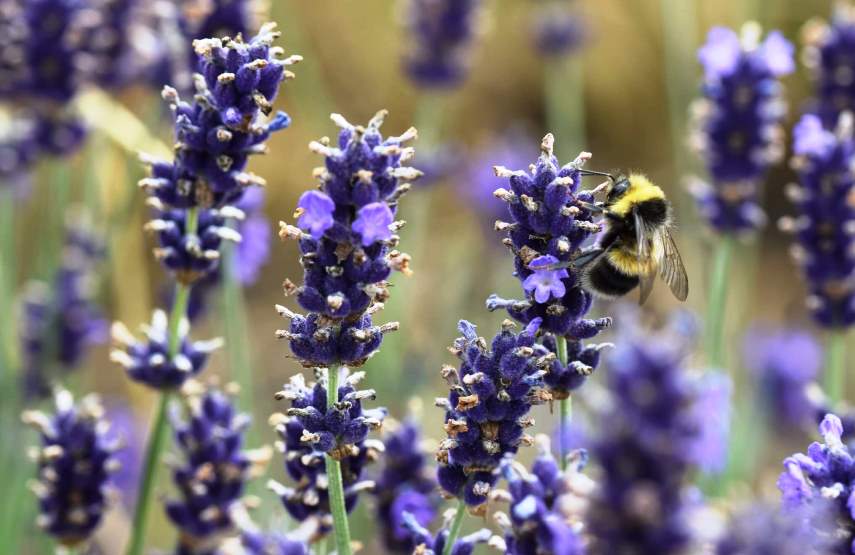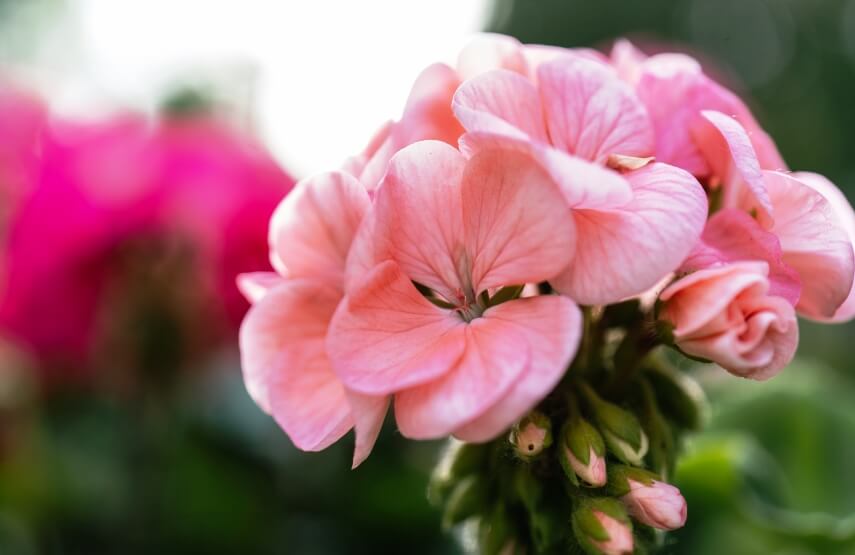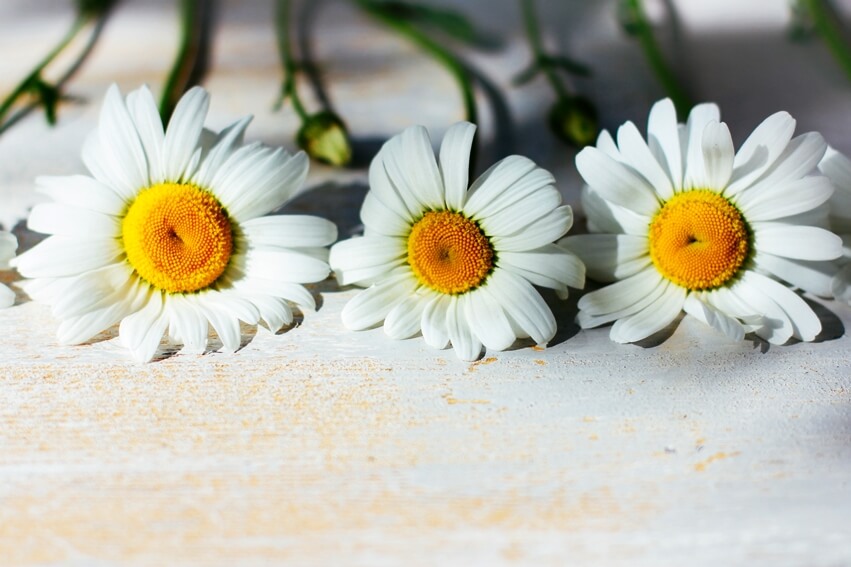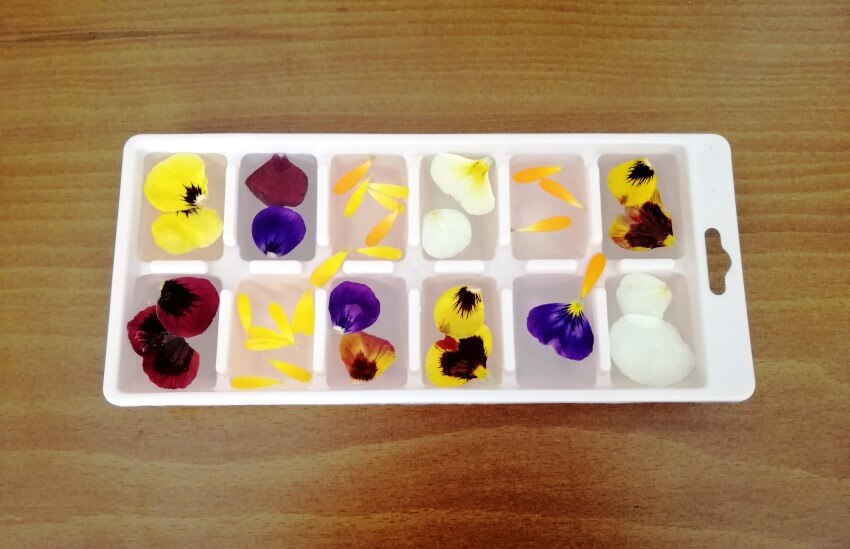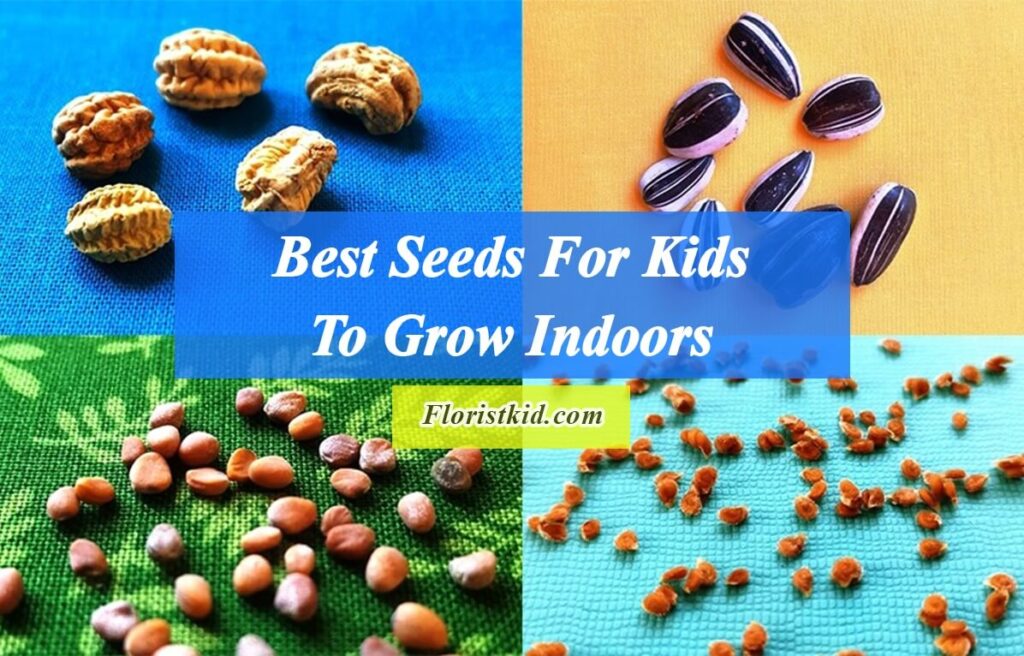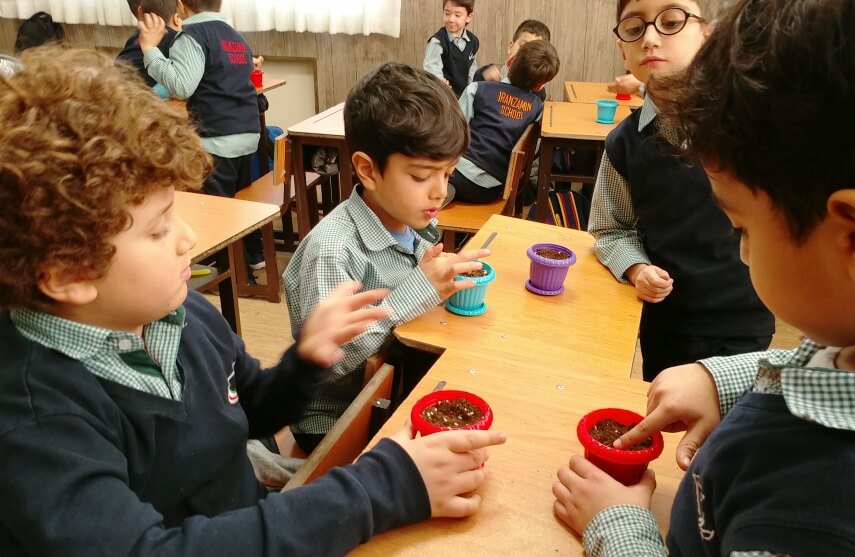Growing edible flowers indoors is one of the most exciting gardening activities. By adding vibrant hues to salads, dinners, and even beverages, edible flowers let us bring the garden’s beauty inside. You might decide to scatter edible flowers across your garden or plant them all at once in a single bed.
What is an edible flower?
Edible flowers are those whose petals, blossoms, or occasionally leaves can be eaten raw or cooked. The majority of edible flowers are herbs; thus, each plant offers a variety of advantages. Many flowering plants and herbs have distinct health benefits. Some edible variants are best served fresh or as a salad garnish; not all edible varieties may be eaten raw.
How to grow edible flowers indoors
Consider your climate and season
Your climate may impact the types of flowers you can grow. Look for edible flowers that can grow indoors or in a greenhouse in your region’s climate. Flowers usually are best eaten when they are young and fragile.
Each flower’s growing season may vary significantly. Some flowers may have a considerably shorter growing season than others. Select the best flowers based on taste, growth features, and aesthetic appeal. Remember that an indoor flower or spare garden can be gorgeous and useful.
start growing edible flowers indoors
Growing edible flowers indoors is a kind of container gardening. Growing edible flowers indoors is a kind of container gardening. Before you start this activity, you should consider a few things [1].
- Pot: There are various types of pots available for growing edible flowers indoors. But out of all, plastic ones might be the most acceptable option. They might not be eco-friendly, but they are affordable and durable, making them a perfect choice for this application.
- Potting soil: edible plants grown indoors require a mixture of nutrients that are not overly concentrated and release slowly during irrigation. You can buy Potting soil or make your own potting mix to grow your edible flowers. An appropriate potting soil for indoor plants should have good drainage and a healthy balance of vitamins and minerals.
- Light: Most edible flowers require long periods of sunshine to grow and flourish. Try to place these flowers on a sunny window sill or use grow lamps to create an appropriate lighting environment for them.
- Airflow: Make sure there is a free airflow around your plants wherever you decide to grow them. They need to be able to breathe.
- Watering: determine how much water your flowers require.
- Drainage: Regardless of the pot you choose, ensure that it has some drainage holes. The one thing that almost all plants detest is having their roots submerged in water.
Safe edible flowers for kids
Finding edible flowers in every rainbow color or type that bloom at different times of the year can be a delightful challenge. By scattering the petals over salads, into water pitchers, or down the borders of plates, your children will enjoy participating in family dinners.
Edible blossoms are frequently used as a garnish for decoration. Choose only flowers you have grown before introducing them to a young child’s diet because you do not know what has been sprayed on store-bought bouquets.
Watch out when you or your child consumes a new variety for the first time since, like other novel foods, flower petals can induce allergic responses. Remind your children that not all flowers are edible and that they should always show you a flower before eating it. Eat only the flower’s petals and only in moderation. Here are some tasty and safe blossoms to eat [2].
List of edible flowers
Red: bachelor button, carnation, daylily, nasturtium, scabiosa
Orange: calendula, carnation, daylily, marigold, nasturtium
Yellow: calendula, carnation, daylily, marigold, nasturtium, viola
Green Petals: broccoli (flower bud)
Blue/Purple: bachelor button, borage, chive, daylily, garlic, lavender,
onion, viola, Cornflowers
White: chamomile, citrus, daylily, garlic, mints, onion, pineapple guava, stock, bachelor button, carnation, cauliflower (flower bud)
Top 10 Edible flowers to grow indoors with kids
Any plant can flourish inside as long as there is enough light available. Modern grow light solutions make it simpler than ever to provide enough light.
However, some plants, particularly those that require a lot of room, are better suited to an outdoor garden. Nothing prevents you from cultivating a rose bush or a zucchini vine indoors. In such cases, simply be ready to share a lot of space with your new roommate.
Fortunately, there are several little plants which grow indoors and can produce gorgeous, edible blossoms. The list of these flowers is as below [3 , 4] :
Cornflowers
These lovely deep-blue flowers have flavorful, somewhat spiciness-and-clove-scented petals.
Nasturtiums
These vibrant, zingy orange blooms give salads a seriously peppery, zesty kick. You can consume these plants’ buds, blossoms, and young leaves, making them easy to grow, prolific, and valuable. We discovered that in your cooking, less is more—unless you like mustard.
Borage
Soft, brilliant blue blooms, and fuzzy leaves. The tender leaves are a suitable replacement for spinach. The blossoms of this plant form a stunning garnish and have a little cucumber flavor. This plant can also be grown as a microgreen. Borage microgreens are a great addition to any meal since they are tasty and healthy.
Marigold
Marigolds frequently appear in kitchens. Flowers from marigolds are delicious. Marigolds are somewhat unusual among edible flowers since they taste spicy instead of neutral, like many other flowers.
Chives
These adaptable herbs produce an edible bloom. Chive blossom has a very subtle onion flavor and is a lovely shade of purple.
Calendula
is an effective medicinal plant. Calendula plants make excellent companion plants and culinary herbs because of their long stalks of vivid yellow, orange, and gold blooms. It belongs to the same family as the chrysanthemum and has daisy-like blossoms with powerful therapeutic properties and vitamins. This plant is frequently called the “Herb of the Sun.”
Read the article <<Flower Seeds To Start Indoors>> to learn more about calendula flowers.
Violets/Pansies
These flowers have a mildly sweet flavor and are violet in hue. They offer fantastic flavor to cakes and salads in addition to being quite attractive to look at. You may cook them in syrups and jams.
Lavender
When growing edible flowers indoors, you should begin with something simple. Perhaps one of the best edible flowers to grow indoors is lavender. You can eat lavender blossoms, and it smells wonderful. The small purple bundles known as lavender buds, which grow on the blooming plant, are used to make lavender tea.
Lavender tea is one of the most beloved herbal teas. It is famous for its relaxing qualities. Lavender tea can help with muscle relaxation, the reduction of muscle spasms, healthy digestion, and sleep.
Scented Geranium
also known as pelargoniums. The petals of this flower can be used in salads, jams, jellies, sugar syrups, and even as decorations on cakes. The leaves of this flower can make excellent tea.
Chamomile
This delicate flower has a delicious apple aroma, is memorable bright, and cheery, and makes a great tea. It is a beautiful perennial that bees and butterflies adore. You should expect brilliant white blossoms to emerge from chamomile plants planted in partial shade between late spring and summer.
colorful ice cubes as a children’s gardening activity
After growing edible flowers indoors, you can use edible flower petals and mints for colorful ice cubes for any celebratory event. To make such ice cubes, water should be poured into an ice cube tray halfway and frozen. Afterward, gather some eye-catching edible flowers and arrange one petal on top of each ice cube.
After freezing once more, add a thin coating of water on top of the petals to seal them into the ice cubes. These flower cubes look lovely in water glasses or arranged in a big bucket with drinks for a party or other occasion.

